The modern plot is simply impossible to imagine without a living hedge, which plays an important role in the overall landscape design.
Content |
With the help of such a decorative element, you can easily and quickly extinguish the economic buildings or make an unusual composition on the site. To create live ingreders and borders, you need to use plants that have good branchiness and degrades, as well as plants that are easily trimming. It is to such a plant belongs to the Biryuchi - a plant that feels great in our climatic belt. Shrub Biryuchi is very similar to the familiar lilac, it is only characterized by smaller dimensions and more scanty blossoms.
In this article we will consider in more detail the features and description of Biryuchik, as well as learn the characteristics of the most popular and common types and varieties of this plant. We will tell about the main nuances of agrotechnics of growing turquish.
Features and description of turquoons
The turquoine is considered an evergreen, native and leafy shrub, less often a small tree, which belong to the genus of turquoine and a large family of oline. The natural habitat of this plant is the territory of Europe, Asia, Australia and North Africa. Initially, the name "Biryuchika" was fixed only for the same common type - turquoise ordinary. But after a time, this name has become common to all species of this kind, which has about 50 today.
The most widespread this plant was obtained in China, Japan, Taiwan, where Biryuchi is found both in a wild form and in culture. The name "Biryika" comes from the Latin word, the derivative of which is the verb "Ligare", which in translation denotes "to associate". Such a definition in the plant is given due to the binding properties of the biryuch bark.
Description of turquoons:
- Most often, the turquoine is an evergreen leaf falling shrub or a small church.
- In its appearance, the turquoine is very similar to Lilac: on the structure of leaves, in their form, in colors.
- The turquoise is perfect for cultivation in our climatic belt and is widely used to create alive hedges.
- Depending on the form, the turquoine can grow in height from 2 to 6 m.
- Shrubs and trees of turquish are formed with the help of highly branching shoots, due to which the plant has a rather sparky and a wide crown - from 1 to 3 m.
- Bark at the branches of almost white with a gray tint.
- The leaves of the turquoons in the form of elongated egg-shaped, all-string. Surface leathery, dark green. On the branches of the leaves are opposed.
- Flowers of turquoons are pretty small, almost always white colors, collected in the blurred inflorescences. On average, the length of one inflorescence can reach 6-18 cm. Can be female and male.
- Blossom starts in June or in July and lasts for three months.
- After the end of flowering, the fruits appear on the branches, which are presented in the form of a berry-like bustice of black or dark blue. Inside the bustker can be from two to four seeds. Berries of turquish, poisonous, in food it is impossible to use them.
- Biryuchi plant is unpretentious, grows perfectly on any soils. It is a long-liver and has a fairly large annual increase, which allows you to quickly grow into a high tree.
- The most popular and used type of turquoise is the turquoine ordinary, which is most and in the territory of Russia and the CIS countries. Mostly on the territory of our country and other European states, you can see the living hedges from turquish.
Popular species and varieties of turquish
In total, today there are about 50 species of turquoons, but only a few have received widespread use. Let us consider in more detail the most popular types and varieties of turquish.
Turkey ordinary
- The natural habitat of this plant is part of the territory of Ukraine, Russia, North Africa. Asia, Central and Southern Europe.
- Birchika ordinary is a branched shrub, which can be in height to reach 5 m.
- The branches of this type of turquoise are thickly supped with oblong oval leaves with a lean surface of a dark green color.
- Flowers ordinary turquoise with small white flowers, which are collected in loose inflorescences up to 6 cm long.
- Flowers of this type of plant are very fragrant.
- Blossom starts at the beginning of summer and lasts on average three weeks.
- The berries of the turquoise of the ordinary have a folk name - "Wolf berries", sometimes so called the whole look.
- This type of turquish has a large number of forms: weeping, sisaya, evergreen, pyramidal, yellowish, turquish gold, silver-motivated and others. All these forms are distinguished by the colors of foliage, which is understandable from the titles.
Popular grades of turquish ordinary:
- Variety "aureum". This variety of turquish is inherent in yellow leaves, which in the fall acquire an orange tint. This variety of plants does not bloom, respectively does not bind the fruits.
- Grade "Xanthocarpum". This grade of turquish is distinguished by bright yellow fruits.
- Graduate "Glaucum". This is a rather low variety, which in height reaches only 1 m. Leaves of the SIZAL Tint with white border along the edge. This plant does not bloom and differs rather poor frost resistance.
- Vicar variety. It is a half-green shrub that height can reach only 1 m. It is the representative of the turquist Golden and has bright yellow leaves, which in the fall acquire a purple shade.
Biryuchi shiny
- The natural habitat of this type of turquish is the territory of China and Japan.
- This plant received its name through its glossy foliage, which is the main decorativeness of this turquist.
- It grows in the form of a large shrub or a low tree, which in height can reach 10 m.
- Leaves elongated, ovoid shape with a smooth shiny surface. All leaves in this species are quite large, in length reach 15 cm.
- Flowers small white color, which are assembled in scattered loose inflorescences up to 18 cm long.
- Flowering lasts for three months.
- When frost in minus 15 degrees requires shelter.
Biryuchi ovalnoliste
- This type of turquish has another name - the turquoise California.
- China and Japan are considered a natural habitat.
- In the height, this deciduous shrub reaches 3-4 m, with which it grows very quickly.
- The shrub is very branched, which allows you to create a dense alive hedge from this plant.
- Leaves thick and fleshy, have an oblong oval shape.
- White flowers, small size, exuded an unpleasant fragrance.
- All parts of this plant are poisonous.
Popular varieties:
- Birchika ispolytic. It is an evergreen shrub that can reach a height of 2-3 m. Green leaves with white border around the edge.
- Tribe silver. The leaves also have a cream shade.
- Biryuchi golden. Green leaves with golden border around the edge.
Turkey Japanese
- In nature grows in the territory of Japan and Korea.
- The main feature of this type of turquish is to grow it in the form of bonsai, which is an ancient Japanese art.
- It is an evergreens shrub up to 4 m in height. In nature can grow up to 8 m.
- The crown of this plant is very compact and thick, which allows it to give it a different shape.
- Solid leaves with leathery surface, dark green.
- It grows this view sufficiently slowly, but it is distinguished by good cold resistance.
- Flowers white flowers with an unpleasant smell.
Popular varieties:
- Grade "Rotundifolium". The lowered plant that grows up to a maximum of 1.5 m. Leaves of this type of turquoise rounded form.
Biryuchi Iboota
- The natural area of \u200b\u200bhabitat of this type of turquish is considered the territory of China, Japan and Korea.
- In height, this leafy shrub can grow up to 2 m.
- Leaves elongated egg-shaped, which have a dark green shade of the upper part and a small peppy shade of the bottom.
- White little flowers are collected in loose inflorescences up to 7 cm long. Express fragrant fragrance.
- This species does not tolerate frost and cold and requires shelter.
In addition to the above types of turquoons, the following are also noted: the turquist, the turquish, the turquish, the turquoise is dense, the turquoise is round, the turquoise is synnecia and others.
Birch breeding: the most popular ways
Dilute the turquist on its own quite simple, the more ways for this very much. The turquoine is multiplied with both seeds and vegetatively: cuttings, brazers, pigs, siblings.
Reproduction of seeds
- Turquish seeds have a very low percentage of similarity, only 65%, therefore it is rarely used.
- In addition, this is a very time-consuming and long-term process, the saplings of turquoons begin to be fron with only 5-6 years. Most often this method is used for the mass breeding of turquish in specialized nurseries.
- First of all, the seeds need to be removed from the fruits of turquish, to select the largest and lower them for some time in the container with water. After a while, part of the seed will pop up, and the rest will be devastated to the bottom.
- Next, it is necessary to collect all seeds that sank to the bottom and expose their stratification. The pop-up seeds are not suitable for sowing.
- Seeds need to be placed in a container filled with damp soil, and refrigerated with a temperature of about 0 degrees. The stratification process should last several months.
- You can sow seeds under the winter in open ground, so they will pass natural stratification.
- Further, the containers must be filled with soil mixture consisting of river sand, peat and humus.
- Seeds before sowing need to soak, and then sow on a prepared substrate. Sowing is usually carried out in May or October.
- Containers in a greenhouse with artificial heating are stored.
- Care consists in constant ventilation and neat watering.
- The first shoots may appear only in a year, after which they are picked in individual pots.
Reproduction of cuttings
- The extension method is rooted by a large percentage of seedlings - approximately 95-100%.
- Bottles are harvested at the end of blossoms of turquoons.
- On the maternal bush it is necessary to choose healthy and strong shoots.
- From these shoots, the cuttings are harvested with a length of 10-12 cm.
- All cuttings can be previously treated with a corneter for quick root.
- Planting the planting material in the soil mixture consisting of a delicate earth and sand. It is necessary to plunge at an angle and at a depth of no more than 5 cm.
- For normal rooting and growth of Chenkov, it is necessary to maintain the constant humidity of the air in the greenhouse and the temperature of 20-25 degrees.
- Cover all cuttings can be separately plastic bottles or film.
- Small roots appear after 2 weeks, and after 3 months, the seedlings are allowed powerful strong roots.
- The cuttings need to be fused during the year to the desired size, and when they reach a height of 50 cm, they are planted into open ground.
Reproduction by chains
- In this way, the turquoise must be multiplied in the spring.
- To do this, on the maternal bush, you need to choose healthy and strong shoots that grow low to the ground.
- With the side of each escape you need to make a small incision.
- After that, the branches are thrown into the ground and put on the soil, only the top remains on the surface.
- From above on the piled part of the chain, you need to put moss, which should always be in a wet state.
- During the year, the tanks will start roots and rooted, and the next spring young plants can be disconnected from the maternal bush.
Stages of preparation before planting turquish
To get a beautiful living hedge or borders, it is necessary to carefully prepare before boarding. It is important to choose the plant grade suitable for you and buy a high-quality seedling, as well as find a place for landing this unpretentious plants in its area.
Stage 1. Selection of turquish seedlings
The first and important step in obtaining a beautiful and strong plant is the acquisition of turquish seedlings. Before buying, it is necessary to decide on the specific variety of turquish, because they are all distinguished by frost resistance, shrub height and foliage color. You can consult a specialist before buying to determine the variety that is most acceptable to your area. To create a living hedge, you can buy higher varieties, if you plan to plant a live border, then you can pick up a low grade of turquish.
Buying turquoine is best in specialized nurseries or agrofirms that are engaged in professional breeding plants. Before buying, it is important to carefully check the seedling. It should not be damage and signs of disease. The land in the container should be clean and wet.
Stage 2. Selection of Places for Landing
The turquoine is growing in the undergrowth, so this plant can feel great in open sunny places and in light shadow. However, to obtain a beautiful and lush plant, it is best to choose an open place on its site, which is located at some distance from the buildings - approximately 50-70 cm. It is also important to plant a turquish on some elevation, since this plant does not like moisture stagnation.
When choosing a place, consider the garden composition planned by you. To get a living hedge, you need to select a place along the edge of the site. To grow a live curb, pick a place along the garden tracks or the places you want to burn.
Stage 3. Choice and soil preparation for landing
The turquoine is an unpretentious plant that can grow on any soil. However, if you want to get a really beautiful and branched plant to create any compositions and figures, it is important to choose the plant that appropriate for this plant. In the chosen location, the soil should be moderately wet, saturated nutrients, as well as well-drained, since this plant does not like long stagnation of moisture in the roots. The soil must have a neutral or weakly alkaline reaction. The ideal soil mixture for planting turquish can consist of a delicate earth, humid and sand in a 3: 1: 1 ratio.
Also before boarding, it is necessary to carefully switch the soil in the place of your choice on the bayonet shovel.
Technology landing turquish
- The best time for landing turquish to open ground is the beginning of autumn, or rather September-October. Although it is possible to plant this plant and in the warm season.
- Disposable at the selected point of the ground by 15-30 cm, it is necessary to prepare landing pits for seedlings.
- The size of the pit for each plant should be much larger than their root system. Approximately the depth of the pit must be 40 cm, and the width is 60 cm.
- If you plan to plant a live fence or borders on your site, then you need to dig a trench of the same depth and width.
- Before boarding, all pits and trenches need to pour water and wait until it is absorbed.
- Next, on the bottom of each landing house, you need to place a layer of drainage to prevent stagnation of water from the roots. As a drainage you can use fine gravel or clayzit.
- On the drainage layer you need to pour soil mixture and humus. Add also 120 grams of nitroammofoski.
- Saplings before landing should be removed from containers and pour water. In water tanks, they must stand for a while.
- On the soil in the pits, place the seedlings carefully and straighten their roots.
- Pull all the holes with soil, slightly tamping hands.
- After landing, all plants need to be poured, and the soil around them is climbed by dry peat or sawdust.
Turkish growing agricultural equipment: secrets and nuances of care
The care of turquish is not much difficult, so even a beginner in gardening will cope with this process. You can only need a little attention and care, for which, in the end, Biryuchik will repay you with a beautiful and lush bush.
Watering turquoons
It is rare to water the turquish, but abundantly. Approximately for the entire season of vegetation for one plant, 5-6 irrigations are enough. An adult plant of turquoons need to water 40-50 liters of water in such a way that the soil moisturized by 70-100 cm. Young specimens need to water more often, since for them it is a component of active growth.
Loosening and mulching
It will be easier to care for turquoons, if periodically loosen and pour the soil in a rigorous circle. The first time to explode the soil immediately after melting of snow and land. You need to loose carefully so as not to damage the root system. So you improve the aeration of the roots of the plant. After loosening, it is possible to clue the rolling circle to reduce the amount of irrigation. Mulch keeps moisture at the roots. As a mulch, it is recommended to use a dry peat, sawdust or bark of trees.
Podchar
Fertilizers contribute to the active growth of the plant, its thick foliage and health. Biryuchi prefers organic fertilizers, complex mineral and lime.
- At the beginning of the spring, when the soil loans, it is necessary to make lime or dolomite flour, since this plant does not like to grow on acidic soils. It is also necessary to make mineral fertilizers.
- Next, during the whole summer under the bushes and the living elevation, you can add humid and mineral fertilizers along with watering.
- Every three years under the plants need to be made about 15 grams to a meter square potash fertilizers that help the turquish better to carry winter.
Trimming
Biryuchi is perfectly exposed to trimming, she tolerates it well and quite quickly increases new shoots.
- Forming trimming. This trimming is carried out to give the bruise of certain outlines. Crop such bushes can be found from the moment of planting and rooting the plant. At this moment only the top of the turquish for increasing shoots is cut. Such trimming is repeated for several years, which allows the bustle to increase enough branches to give it a form. After this time, you can proceed to the forming trimming. To date, it is very fashionable to strive with turquoine on the Japanese manner, giving the cushion the shape of the pillows - the so-called caricomy.
- Pruning of alive hedges. The turquoine in the living hedge can grow a few meters, which contributes to the frozen of the upper part in the middle strip winter conditions. Therefore, for our locality, it is recommended to grow a living hedge to a height of up to 50 cm. Starting a live fence is needed in May and August.
Fighting diseases and pests
Biryuchi is famous for its resistance to diseases and pests. However, occasionally, with strong acidity, the soil bushes may affect spotty and mildew. With such diseases it is necessary to treat plants by dolomite flour or special preparations.
Sometimes such pests can appear as ticks, tripses, troubles. With them you can cope with the help of special preparations, for example, accility.
Biryuchi winter
In the conditions of our climate, the turquish is most often grown, which is characterized by good frost resistance. This plant is not needed in winter. However, if other types of turquish are growing on your site, they need to be bent to the ground and to cover the snack or snow. The living fence is also recommended for the winter to strengthen the snow. Even if your bushes are slightly frozen in winter, you do not need to worry. This plant will easily restore and increase new shoots.
Using turquish in landscape design
Biryuchi is widely used in landscape design. This plant is distinguished by special unpretentiousness and strong branches, which allows you to give bushes in various shapes.
- The use of turquish to create live fences for the fencing of the site, for zoning the site.
- The cultivation of turquish in the form of live borders, which look great for the framing of garden tracks and creating closed garden compositions.
- Creating from the bushes of turquoine of various figures. Currently, it became very popular to give this plant the shape of pillows. Alternatively, you can create various geometric shapes.
Stock Foto Turquish in landscape design
It is more clearly to see all the features and options for using turquish in landscaping and decorating the site can be on the photos proposed below.
Use for live hedges
Single landing of turquoons
Creating various garden shapes from turquish bush
The turquoine is an ideal plant to create unique landscape design on the territory of our country. With the help of such shrubs, you will easily create interesting and unusual figures on the plot, while not extending special efforts when growing turquish.

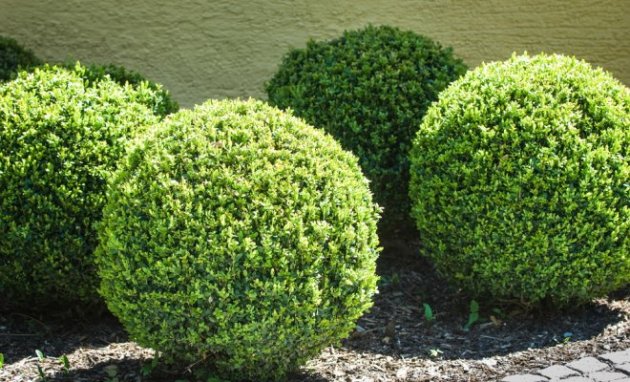
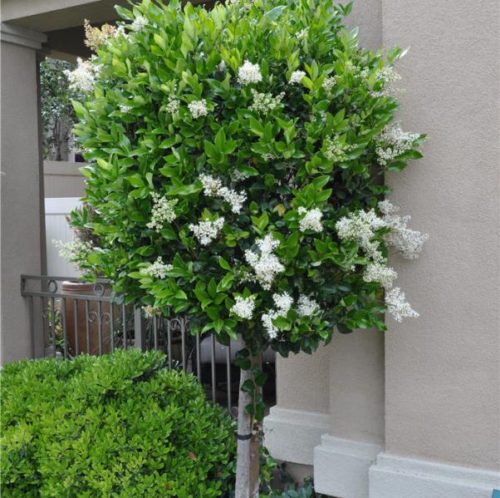
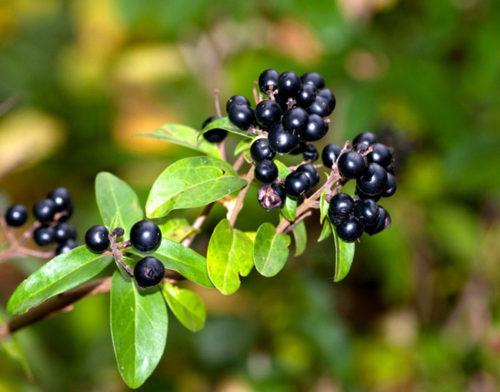
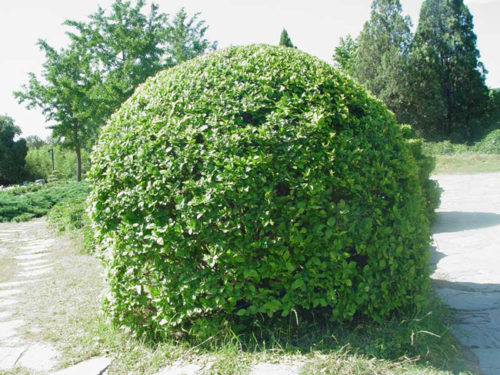
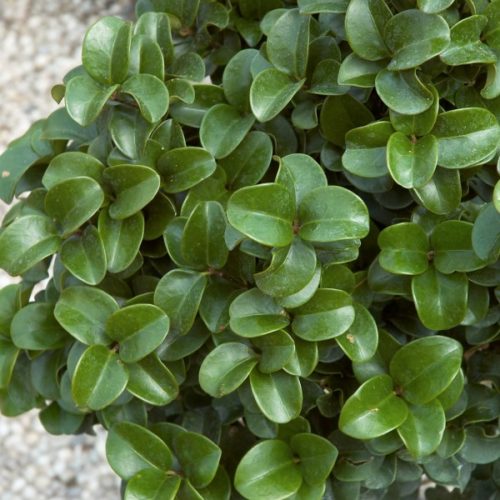
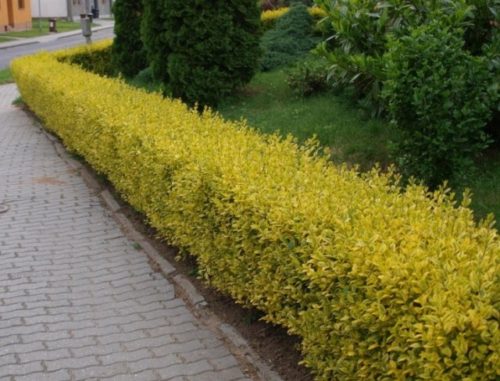
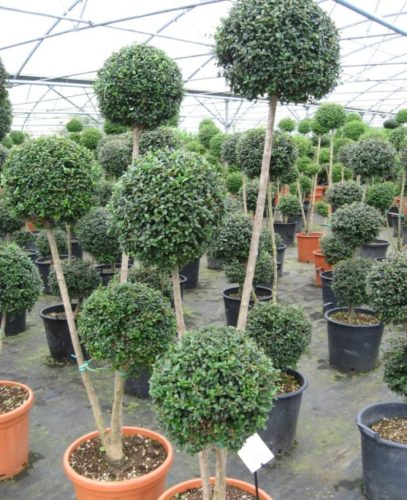
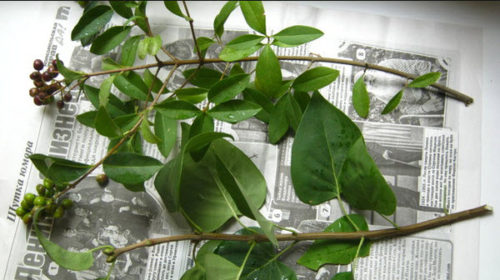
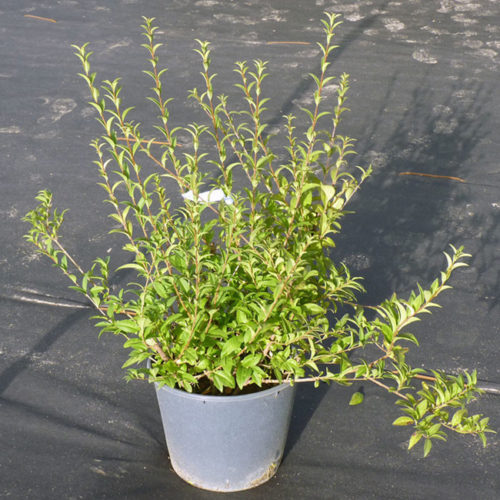
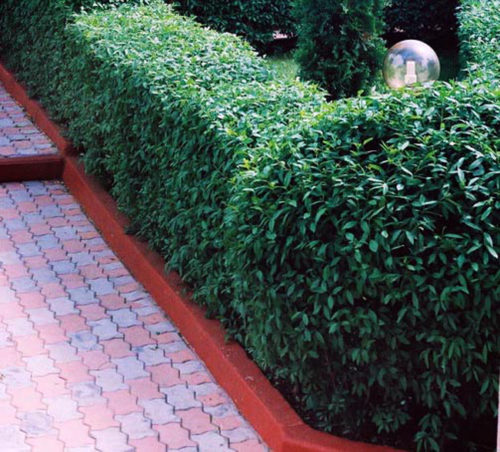
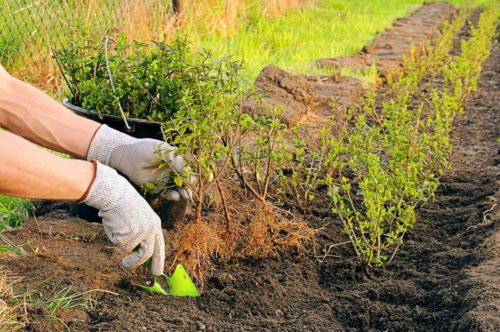
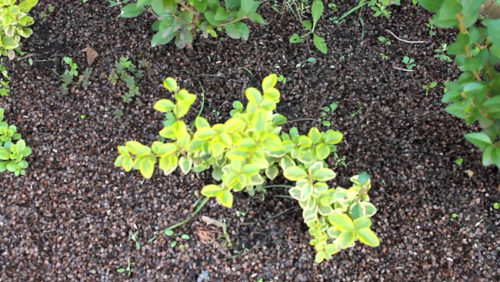
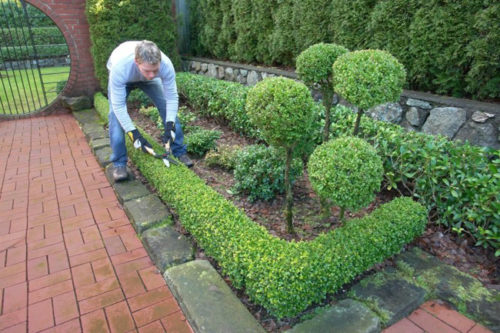
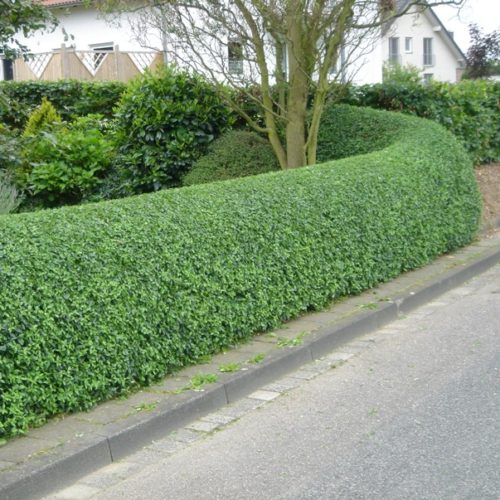
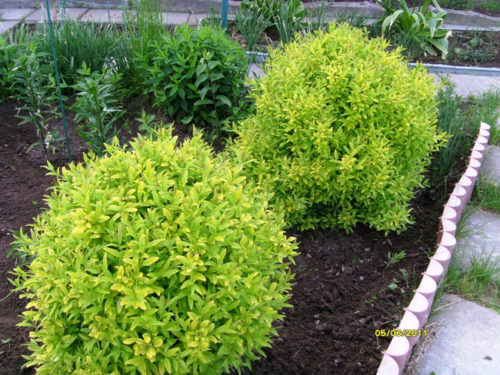
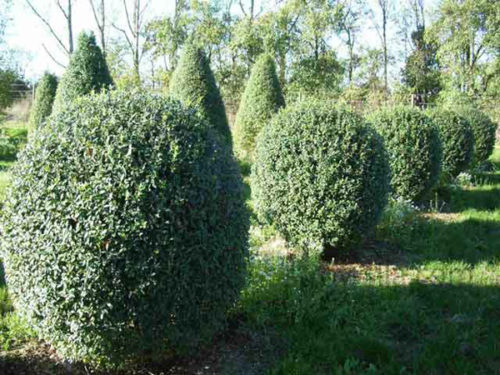












 Start a discussion ...
Start a discussion ...